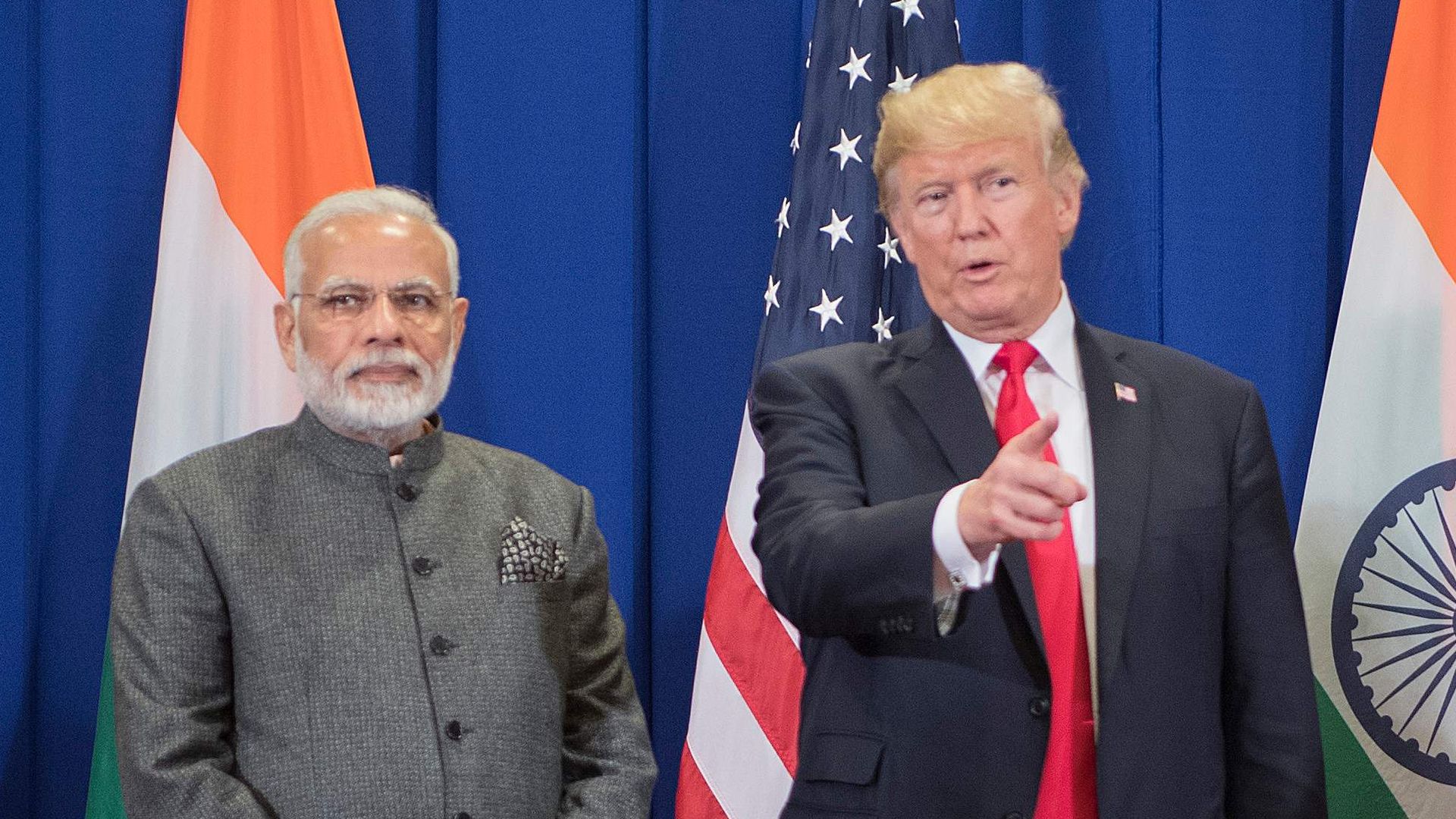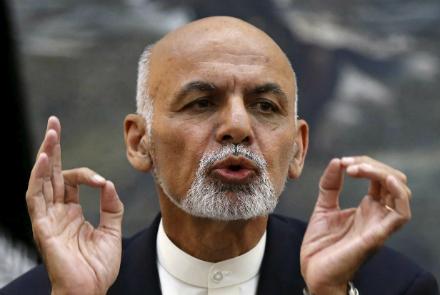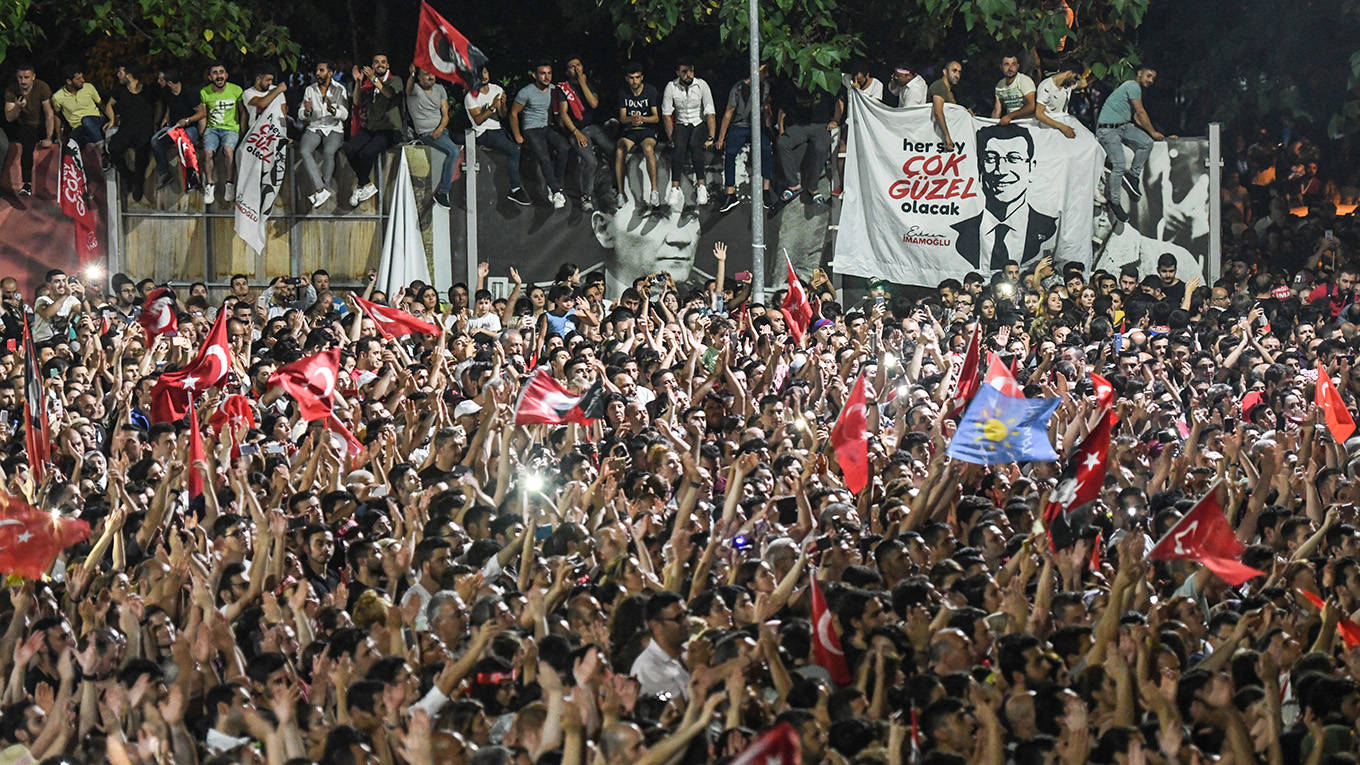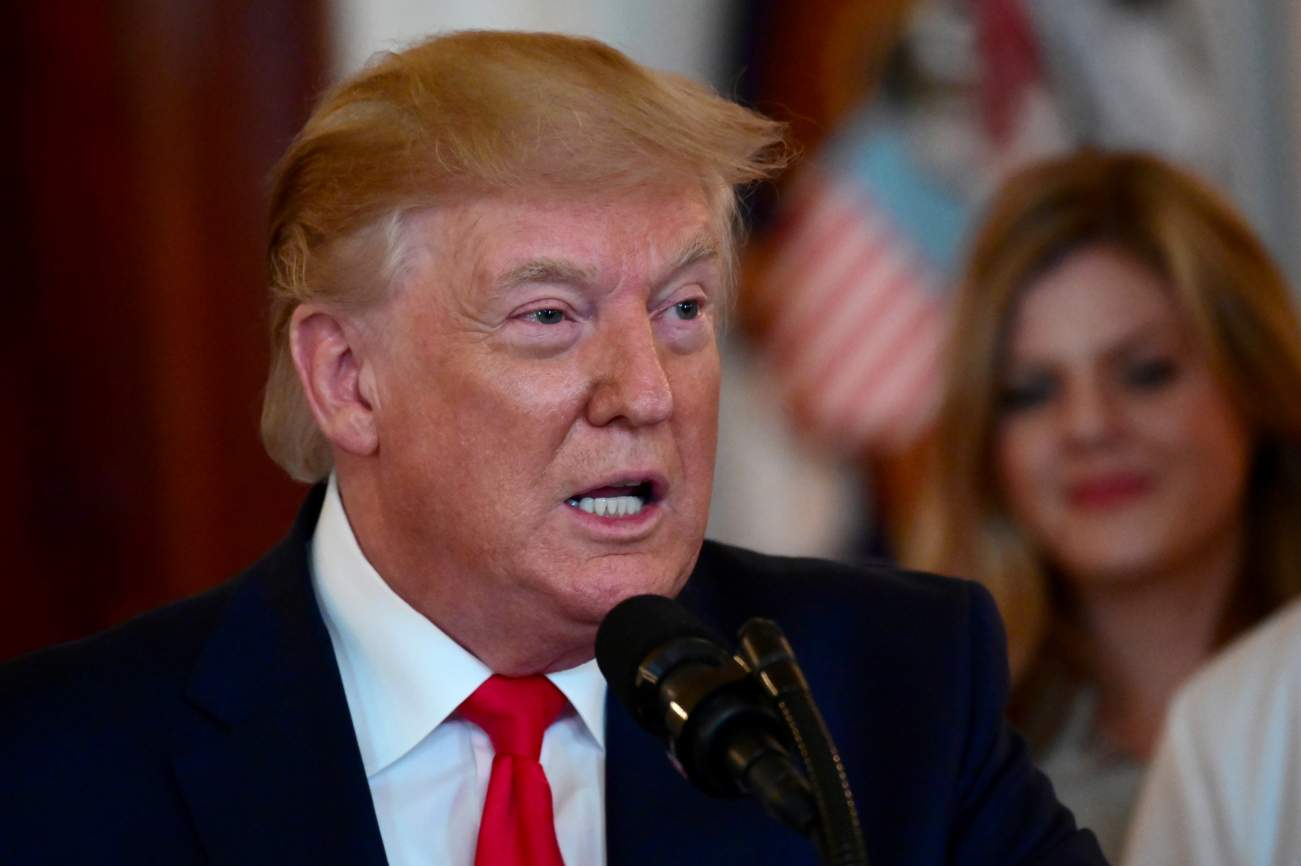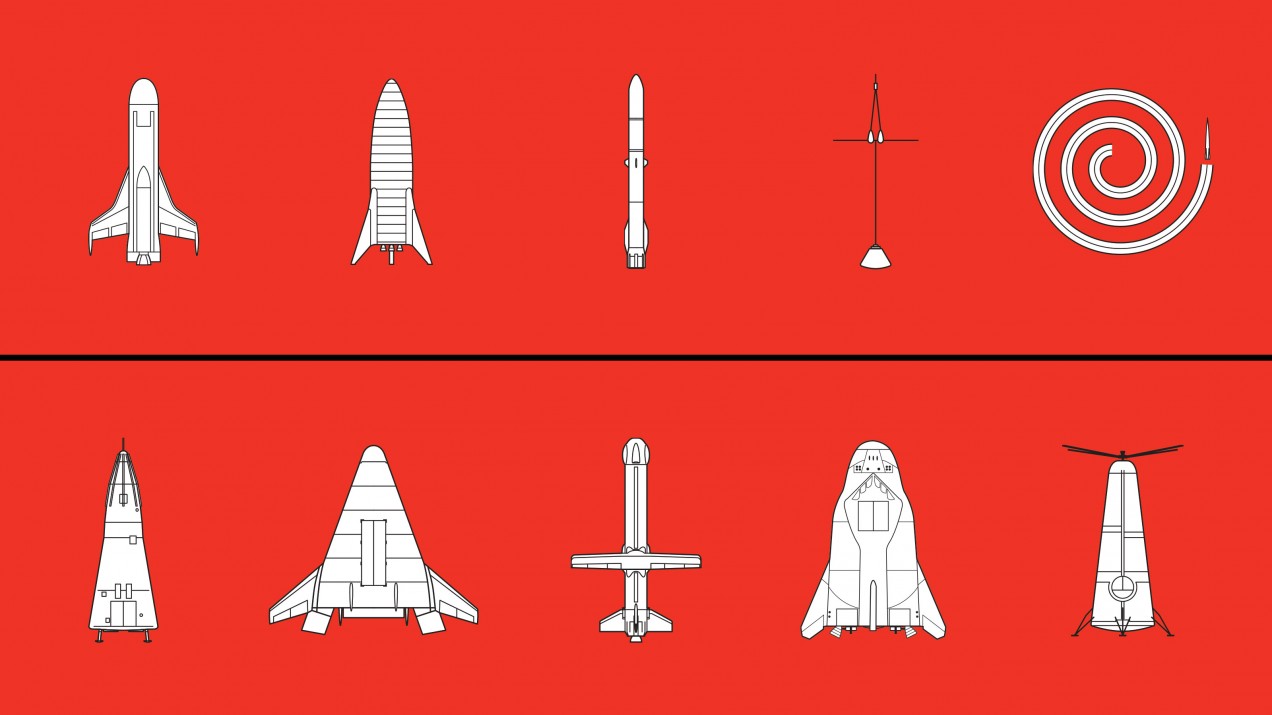Source Link
 Geneva: India on Thursday won a major trade dispute against the US at the World Trade Organization, with a dispute settlement panel pronouncing that subsidies and mandatory local content requirements instituted by eight American states breached global trade rules.
Geneva: India on Thursday won a major trade dispute against the US at the World Trade Organization, with a dispute settlement panel pronouncing that subsidies and mandatory local content requirements instituted by eight American states breached global trade rules.
Ravi Kanth
 Geneva: India on Thursday won a major trade dispute against the US at the World Trade Organization, with a dispute settlement panel pronouncing that subsidies and mandatory local content requirements instituted by eight American states breached global trade rules.
Geneva: India on Thursday won a major trade dispute against the US at the World Trade Organization, with a dispute settlement panel pronouncing that subsidies and mandatory local content requirements instituted by eight American states breached global trade rules.
In a significant 100-page report, the three-member panel largely upheld India’s claims that subsidies and local content requirement in 11 renewable energy programmes in eight US states violated core global trade rules. The panel also asked the US to ensure that these states are in conformity with trade rules.
India had claimed that the “domestic content requirements and subsidies instituted by the governments of the states of Washington, California, Montana, Massachusetts, Connecticut, Michigan, Delaware and Minnesota in the energy sector" violated several provisions of the Trade-Related Investment Measures (TRIMs) Agreement and Subsidies and Countervailing Measures Agreement.

